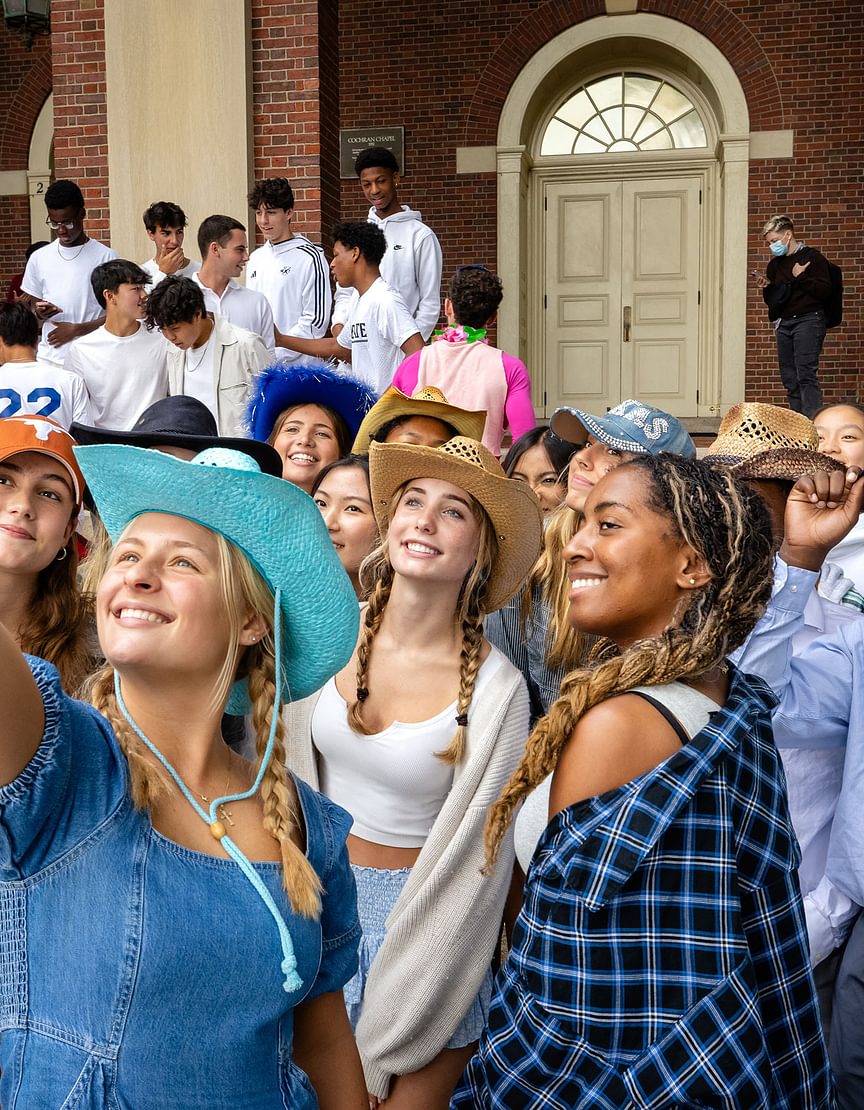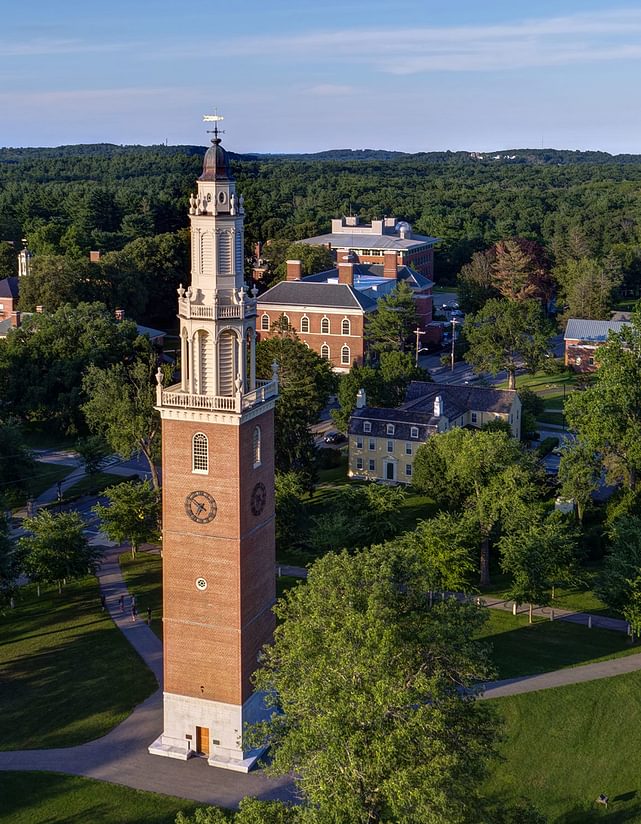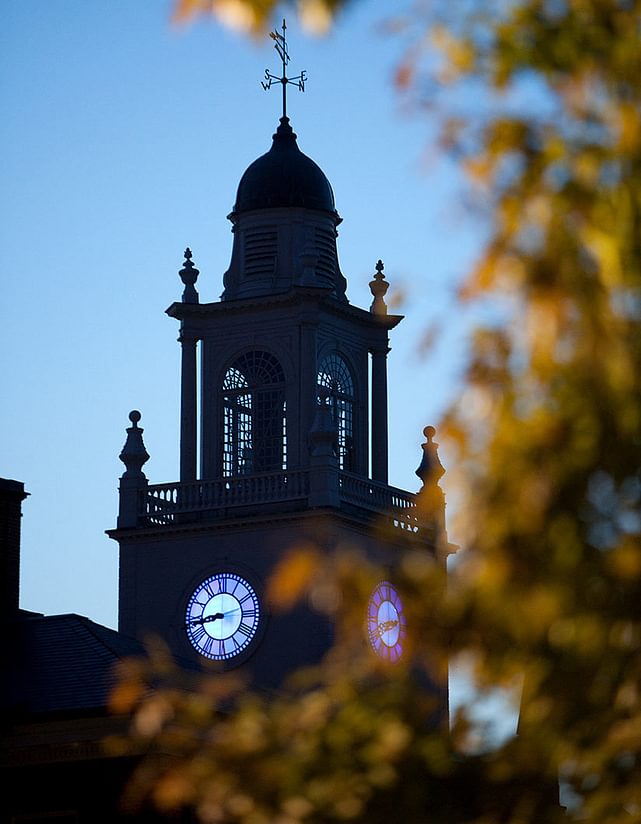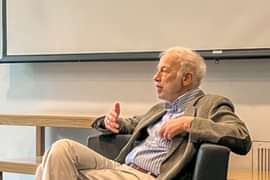
May 21, 2024
The Rise of the Donor Advised Fund
They’re simple and flexible. And increasingly, Andover investors are utilizing them to strengthen what they love at PA.In the past three years, more than 350 donor advised fund gifts were made to the Academy. Such enthusiasm reflects national trends—DAF grantmaking has increased each year in the U.S. since 2009, due in part to evolving economics and new and improved ways to give to an ever-expanding number of charitable organizations.
DAFs work in two ways. Investors recommend outright grants from their donor advised funds to support the Andover priority that matters most to them. Or they can name the school—through a DAF legacy gift—as a recipient of some or all of the fund’s value upon its termination.
I like DAFs for the ease of transferring appreciated, taxable funds. I’m able to support Andover and the Military and other groups that are important to me. DAFs are great—they help keep my contributions organized and up to date.
”At Andover, these charity-committed dollars are essential for the success of our learning community, bolstering everything from scholarships to facilities to museums and outreach and more. For donors, too, a DAF can offer substantial advantages. Here’s how:
- Donors can create and customize a DAF to best fit their financial portfolios and philanthropic goals.
- DAFs accept a wide range of public and private assets, including stock, cash, private equity, mutual funds, retirement assets, cryptocurrency, and real estate.
- Investors earn an immediate charitable deduction for the full value of the asset and avoid paying capital gains tax on any appreciation.
- DAFs centralize charitable recordkeeping for easy tax planning.
- Grants can range in size and scope, allowing supporters to grow endowments or boost the Andover Fund—whatever is closest to their heart.
To learn more about donor advised funds, contact Grace E. Curley ’81, P’20, director of gift planning or visit andover.edu/DAF.





